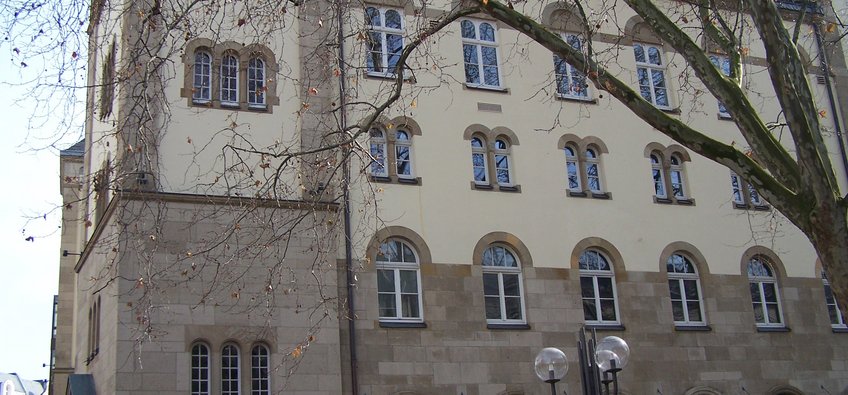
Max Planck Institute for Mathematics
From the foundations of information science to string theory and the theory of black holes, from global positioning systems to secure data encryption, the technology of the modern world depends on sophisticated mathematics. In all these examples and in countless others, the mathematics that is used was developed in the course of purely theoretical investigations, and the applications came only later and unexpectedly. It is this more theoretical and foundational side of the field which is primarily studied at the Max Planck Institute for Mathematics. Here research is done in geometry and topology (its more flexible cousin), in number theory and analysis – fields that are centuries old, but that continue to lead to exciting new discoveries and turn out to have surprising connections among each other and to other sciences.
Contact
Vivatsgasse 753111 Bonn
Phone: +49 228 402-0
Fax: +49 228 402-277
PhD opportunities
This institute has an International Max Planck Research School (IMPRS):
IMPRS for Moduli SpacesIn addition, there is the possibility of individual doctoral research. Please contact the directors or research group leaders at the Institute.






